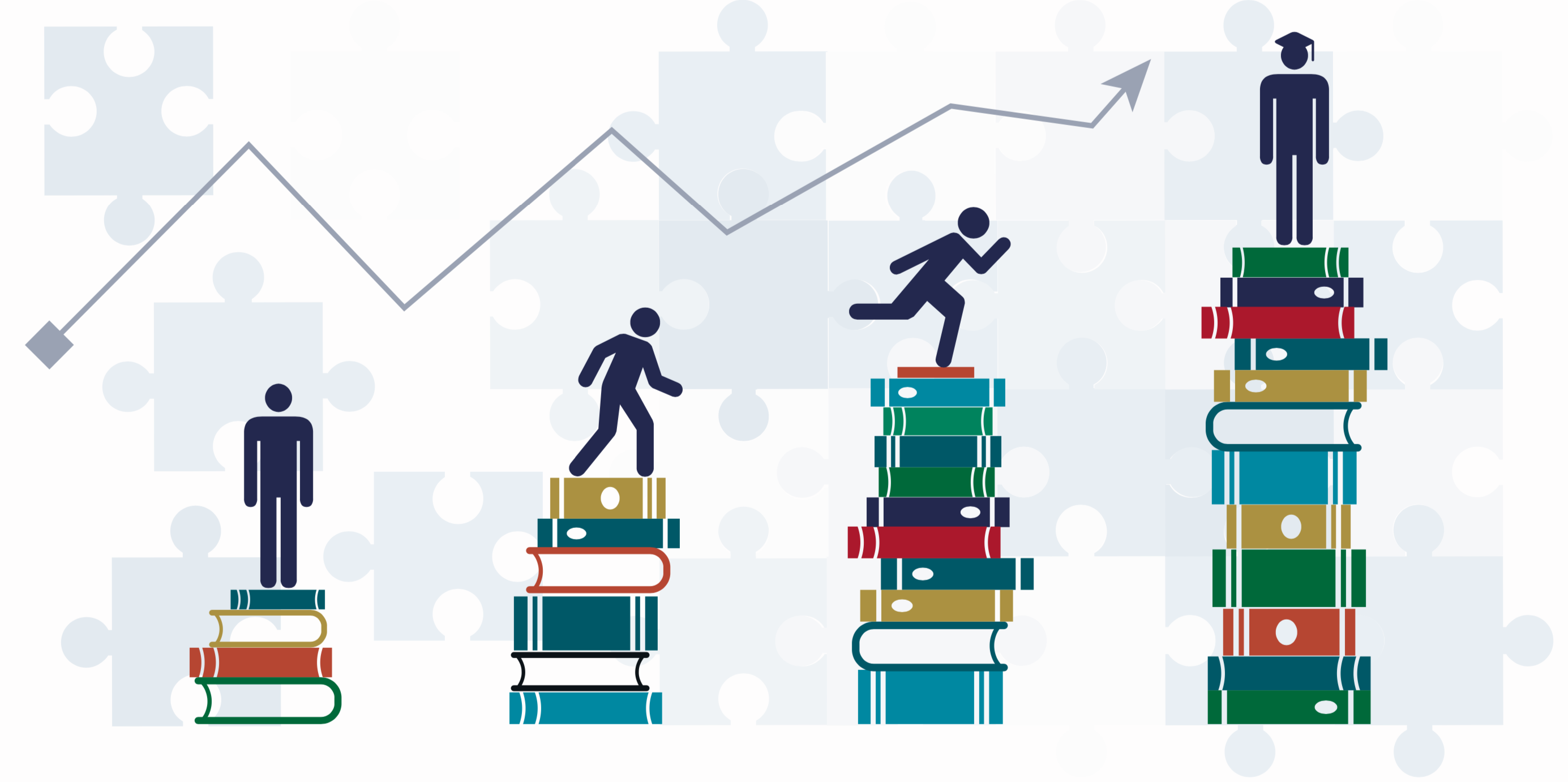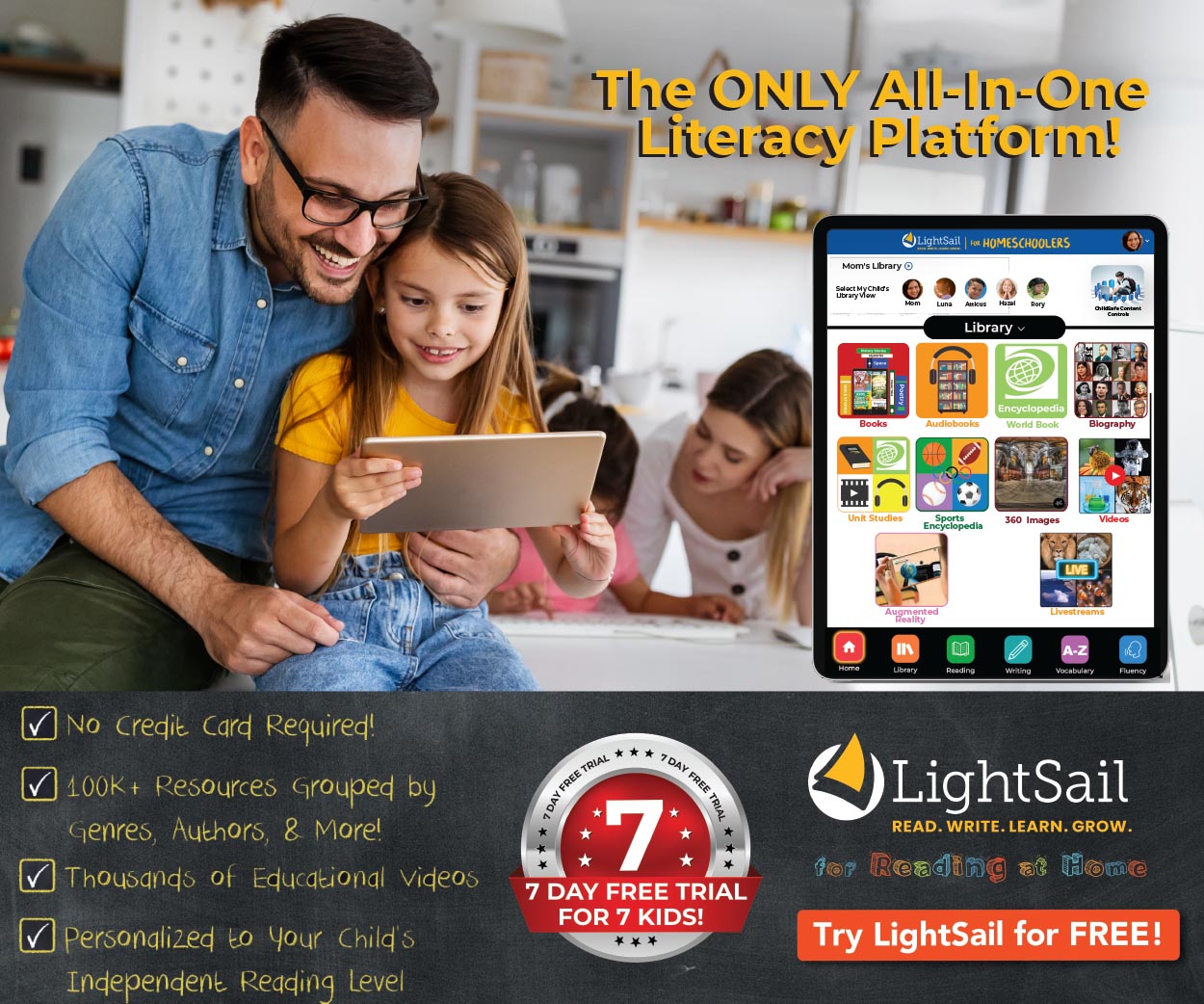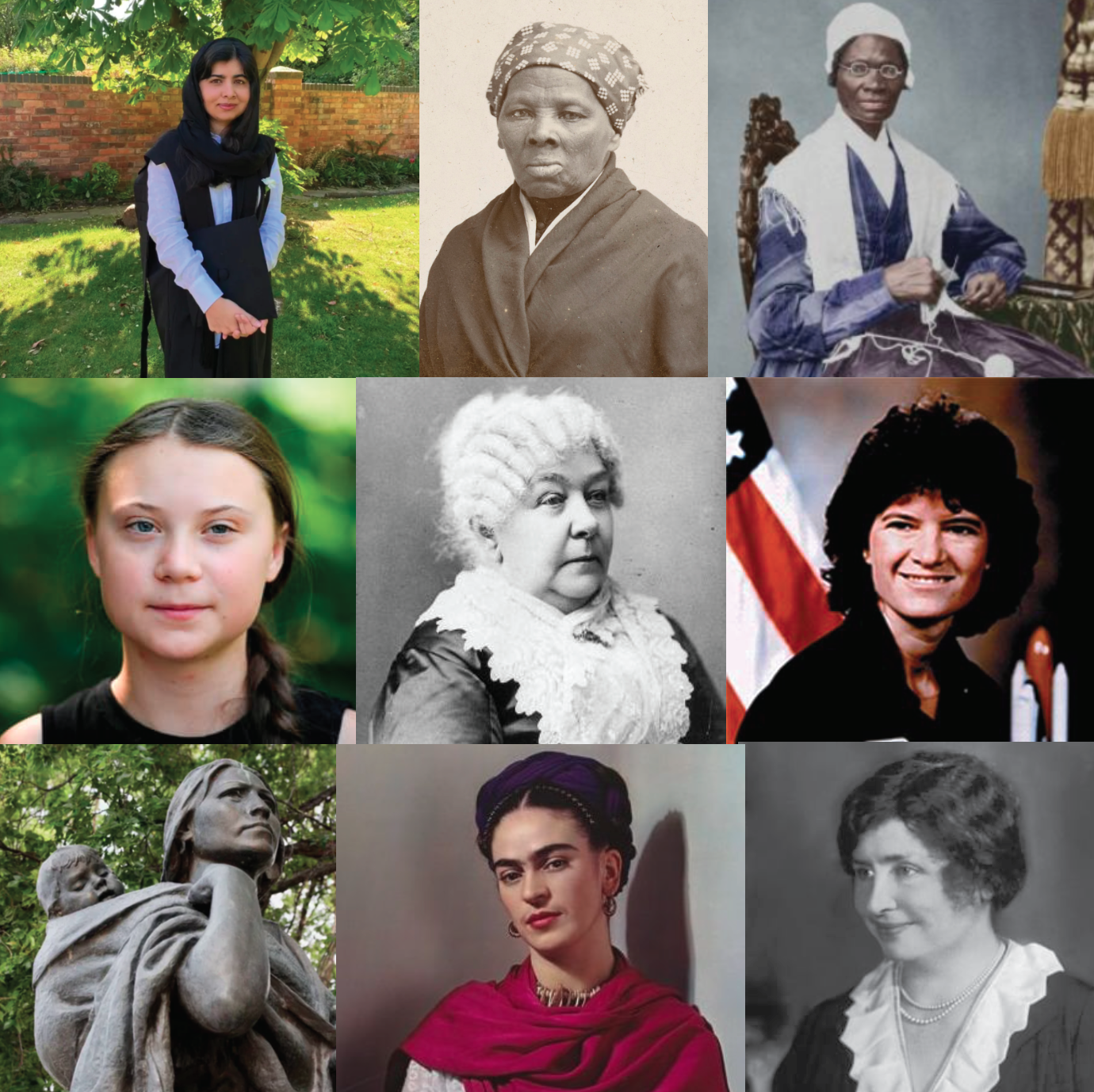
Helping our children choose books at the perfect level to challenge but not frustrate them is one of the keys to fostering a love of reading. Understanding the Five Stages of Reading Development and how to determine your child’s level is the first step to selecting books that entertain and delight them as they read. The following are the Five Stages of Reading Development laid out by Maryann Wolf in the book Proust and the Squid: The Story and Science of the Reading Brain.
1. The Emerging Reader
The Emerging Reader, or Pre-Reader, stage of development typically occurs from the age of six months through about six years. In this stage, the reader progresses from looking at, listening to, and chewing on books to recognizing a few simple words on the pages.
Signs Your Child Is an Emerging Reader
- Looking at books and admiring the pictures
- Requesting the same books over and over
- Having favorite stories memorized and “pretending” to read them
- Printing their own name and recognizing simple words
Tips for Nurturing the Emerging Reader
- Help your child engage with language through nursery rhymes or silly rhymes.
- Read with your child for at least 20 minutes each day.
- While reading, pause to discuss the story.
- Ask, “What do you think will happen next?”
- When your child starts to read, don’t rush.
- Take turns reading aloud or point out words your child knows and can read to you.
2. The Early or Novice Reader
The early or novice reader, typically six or seven years old, understands the relationship between letters, sounds, and the printed word.
Signs Your Child Is an Early Reader
- Beginning to understand the sounds letters represent
- Recognizing many one-syllable, frequently-used words (sight words)
- Sounding out new one-syllable words
Tips for Nurturing the Early Reader
- Read with your child for at least 20 minutes each day.
- Build vocabulary as you read aloud books that are beyond the child’s reading ability.
- Run your finger under each word of text as you read aloud.
- Take turns as you and your child read to each other books at your child’s reading level.
- Browse the internet for sight word lists and make flashcards for your child of troublesome ones.
3. The Transitional or Decoding Reader
The Transitional or Decoding Reader, typically around seven to nine years old, is becoming more adept at putting together skills such as recognizing sight words, sounding out familiar phonics patterns, increasing vocabulary, and comprehending the written word.
Signs Your Child Is a Decoding Reader
- Reading aloud in an increasingly fluid, less stilted manner
- Increased reading fluency and understanding of the words
- Interested in a wider variety of books
Tips for Nurturing the Decoding Reader
- Provide a wide variety of engaging materials for your child to read.
- Continue to read aloud with your child, demonstrating expression, intonation, and phrasing.
- Listen to audiobooks in the car or on quiet evenings to improve vocabulary and whet your child’s appetite for more intricate stories and plotlines.
4. The Fluent, Comprehending Reader
Between ages nine to fifteen, readers move into the Fluent Reader stage of development. At this stage, readers switch from learning to read to using their reading skills to learn new subject matter, explore new ideas, and gain insights into the world around them.
Signs Your Child Is a Fluent Reader
- Both reading and understanding the written word from various sources: novels, textbooks, newspapers, magazines, encyclopedias, websites, etc.
- Can enter into thoughtful discussions about written texts
- Able to read a text, synthesize the main ideas, and write about what was learned
Tips for Nurturing the Fluent Reader
- Continue to provide a variety of engaging, thought-provoking reading materials to your child.
- Ask your child questions about what has been read and engage in discussions.
- Consider helping your child choose a theme and host a book club for friends.
5. The Expert Reader
Around age 16 or older, Expert Readers transition to reading a diverse array of materials across a variety of subjects. School textbooks, college papers, journal articles, and thought-provoking essays from assorted viewpoints provide food for thought at this stage of reading development.
Signs Your Child Is an Expert Reader
- Reading a wide variety of subject matter and coming away with new insights and ideas
- Self-directed in making thoughtful or engaging reading choices
Tips for Nurturing the Expert Reader
- Ask your child questions about what was read.
- Consider choosing a book for you and your child to read separately before discussing.
- Host a book club for other parents and teens to read and engage in conversation together.
LightSail for Reading at Home takes the guesswork out of choosing books at the appropriate level for developing readers. LightSail uses Lexile® Reader Measures to determine your child’s reading level and present books at the just-the-right level for maximum learning and enjoyment.

References:
“Five Stages of Reading Development.” The Literacy Bug, https://www.theliteracybug.com/stages-1#Top.
Wolf, Maryann (2007). Proust and the Squid: The Story and Science of the Reading Brain. Harper Collins.

Posted on 10.Oct.21 in Reading at Home Tips









